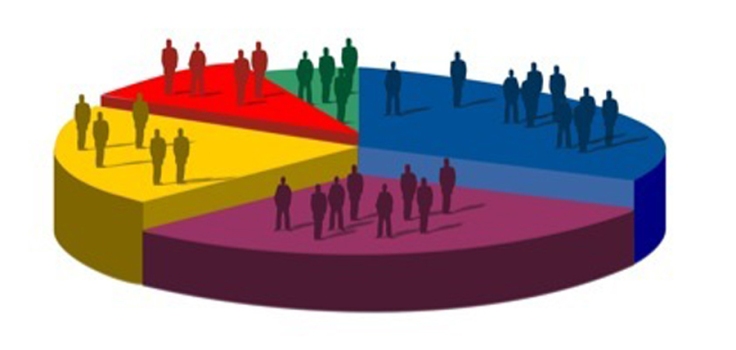
We all want our marketing campaigns to reach as many prospects as possible. But most marketers also know the value of personalization. Recipients want to feel understood — and not feel like they’re getting an automated message.
So when mailing to a broad audience, it might not be possible to create a message that will resonate as well, for instance, with a 30-year-old man who makes $100,000 a year as for a 75-year-old woman living on Social Security.
The good news is that there is an ever-increasing amount of information about your prospects at your fingertips — and much you can do to gain even more. And you can use that information to segment your audience and speak to each group of prospects more specifically.
Depending on what you’re trying to accomplish, your segmentation can be based on a wide range of criteria. Just a few simple examples are:
- geographic location
- age
- life cycle stage
- life events (e.g., a recent move)
- income
Segmenting also allows you to track how different groups respond, so you can refine your future mailings and test different offers for different segments. It not only helps your marketing efforts now, but can also drive your testing strategy to help you improve future campaigns.
Leave a comment